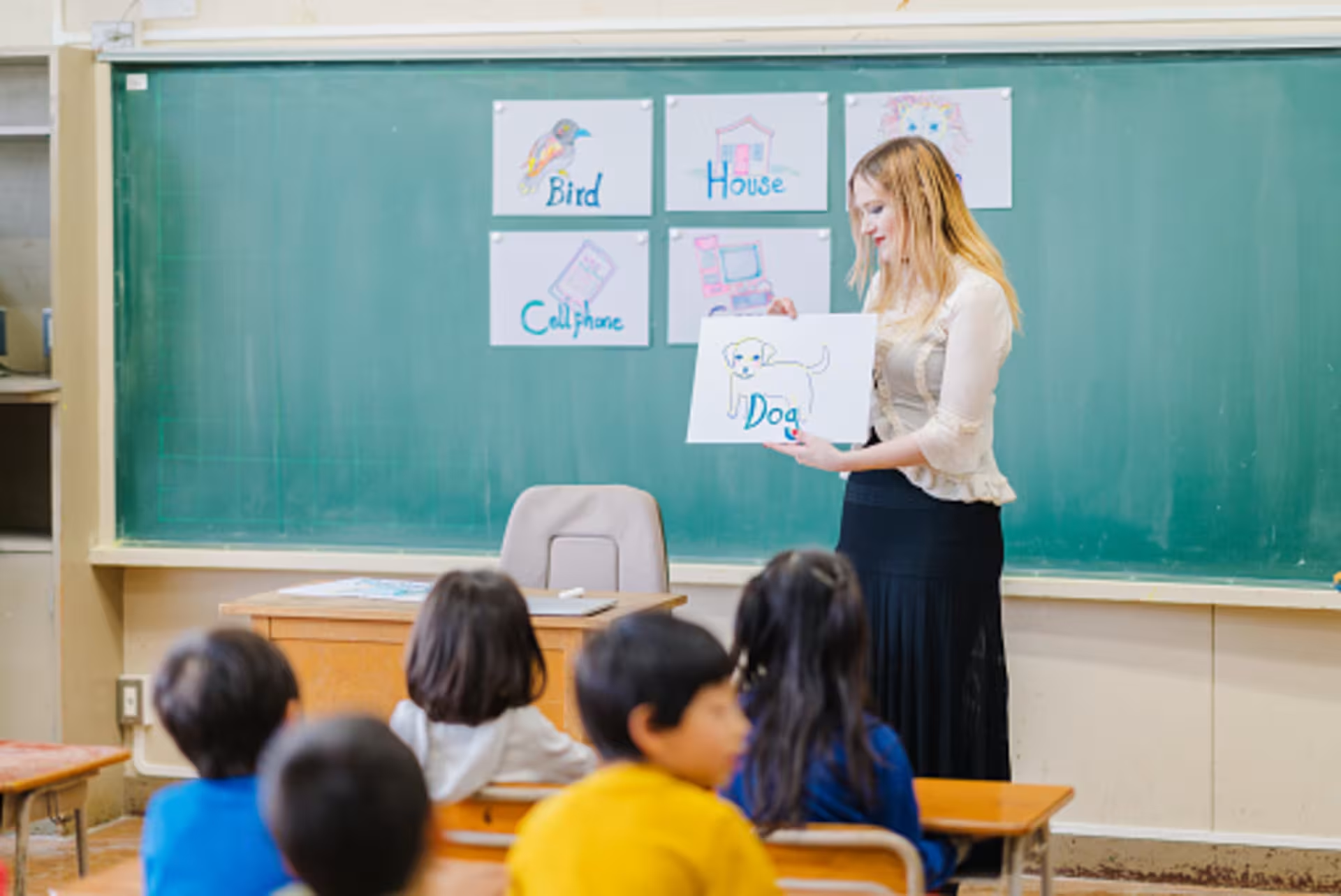Speak with a University Counselor today.
The views and opinions expressed in this article are those of the author’s and do not necessarily reflect the official policy or position of Grand Canyon University. Any sources cited were accurate as of the publish date.

As educators we are consistently called to support diverse learners in the classroom, determined for all students to succeed. We understand school can be more challenging for individual students or groups of students, and for English Language Learner (ELL) students this is particularly true.
In this blog we want to start off by immersing you in a scenario that will likely heighten your empathy for this type of situation. Then we will look at a strategy you can use to support ELL students in your classroom.
Imagine: You are in fourth grade and your family just moved to Phoenix, Arizona, from Bogotá, Columbia. Your parents said the reason for the move was for “safety and better opportunities,” but you are consumed with grief and sadness from leaving all your friends and everything you knew behind. You show up to your first day of school in Phoenix ready to make some friends, but none of them understand what you are saying.
You raise your hand in class because you are excited to share the answer, but no one seems to think you get it right when sharing it. You start to understand the difference between the language you speak, Spanish, and the primary language here in Phoenix, English. Then, you start to notice more and more differences, like what the other kids are wearing, what they eat for lunch, and you cannot help but feel different, to feel… isolated.
Isolation is a huge piece of being an ELL student. As educators, it is essential to create a safe place for all students, but it is even more vital for students who cannot communicate in an unfamiliar place. The word “isolate” is directly defined as “being alone, to set apart from others, and an individual socially withdrawn or removed from society.” This is not what we want anyone, especially our own students, to feel when there is so much life and learning that needs to take place.
In order for an ELL student to learn properly, and become fluent in English, there needs to be a generous amount of compassion and safety shown. It is essential for us to take the initiative to demonstrate that their differences are beautiful and that they are not alone. This initiative, although simple, will change the reality of how gripping isolation is and will start to break down those barriers.
Now we can, as a body of educators, take steps to help ELL students feel safe and comfortable before making them recite the fun phonics game, or do three worksheets, or take formative assessments. Will this be sufficient? Although these steps can be beneficial for learning, we cannot expect, for example, a child who is socially and emotionally isolated to retain any formational learning. The reality is isolation exists, and that is okay, but you can be empowered to make a difference for the ELL students in your classroom. This application is important because 14.9% of all total public school enrollment (more than five million) were ELL students in 2018.(See disclaimer 1)
It is understandable to feel a bit uncomfortable when we are trying to break down boundaries and reach seemingly unreachable students; but, picture a place where your student feels understood, welcomed and even loved. Now, this is not only a place for learning, but a core memory that will set the positive foundation in this student’s life.
Want more? Check out all of the articles from Teaching Tuesday and return each week for a new post. To learn more about the College of Education, check out our degree programs and join in our efforts to elevate the education profession.
Retrieved From:
(See disclaimer 1)National Center for Educational Statistics, English language learners in May 2022